Edible Landscaping 101
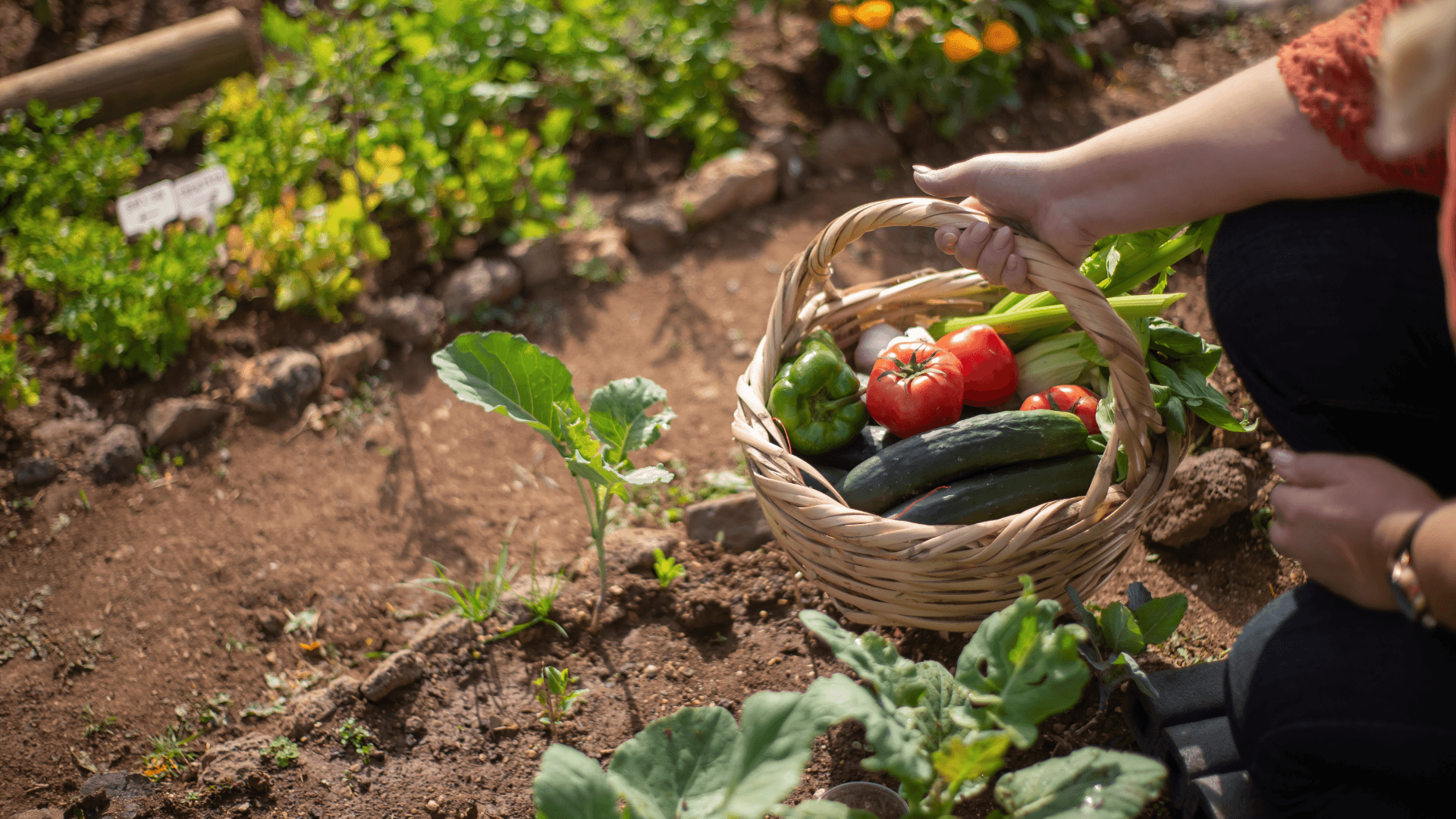
Big, grassy lawns have been popular for decades, but with an increasing focus on sustainability, their popularity is fading. It’s becoming more to take out some turf to grow your own food, creating a sustainable place of solace right in your very own yard. This goal can be achieved without sacrificing curb appeal, too! Read on to find out how you can have a gorgeous landscape and a productive garden all wrapped into one fantastic yard.
Benefits of Edible Landscaping
Keeping a nicely maintained lawn requires copious amounts of time, energy, water, and fertilizer, and doesn’t yield much in return. Furthermore, grocery shoppers across the country are feeling the sting of rising inflation and looking for ways to save.
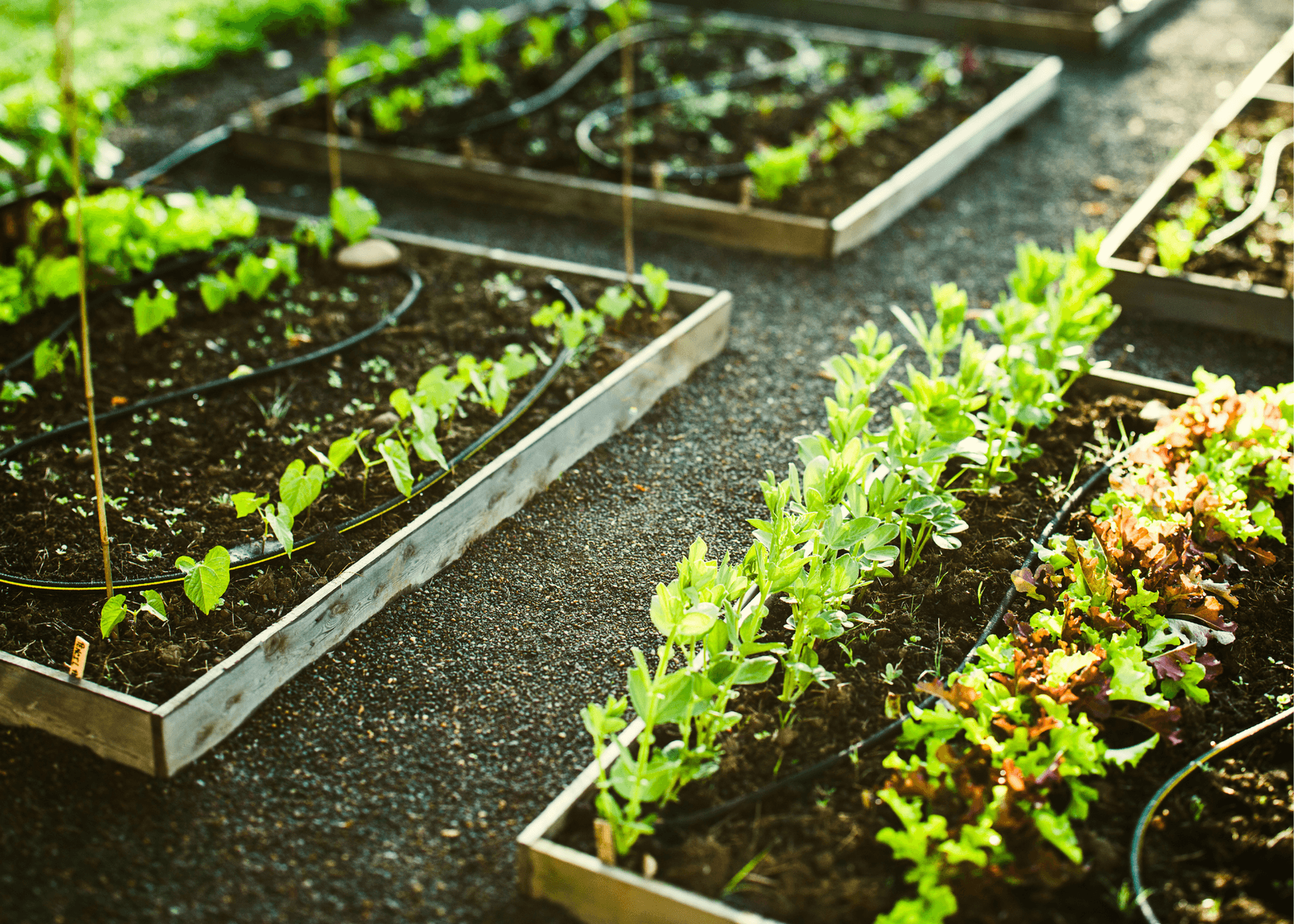
And let’s not forget the cacophony of strong opinions on organic versus traditionally farmed produce, GMOs, and homegrown foods. It’s almost easier to just duck out of the conversation entirely and grow it all yourself from the quiet comfort of your own home.
Designing an edible landscape is doing just that. It’s turning an unproductive yard into a space that can feed you and your family.
Making it Look Good
Here’s some more good news: you don’t have to sacrifice beauty for practicality—in this case, you can have your cake and eat it, too! Edible landscapes can be just as beautiful as traditional, ornamental designs. Often, when people think of gardenscaping, they picture planting rows of vegetables in their front yard, or having a messy, overgrown landscape. While those are certainly options, edible landscapes can be designed in a beautiful, classy way and they can have color and beauty year-round. From large trees down to creeping ground covers, there are plants of every size that can fill out your plant roster and create a full, polished look.
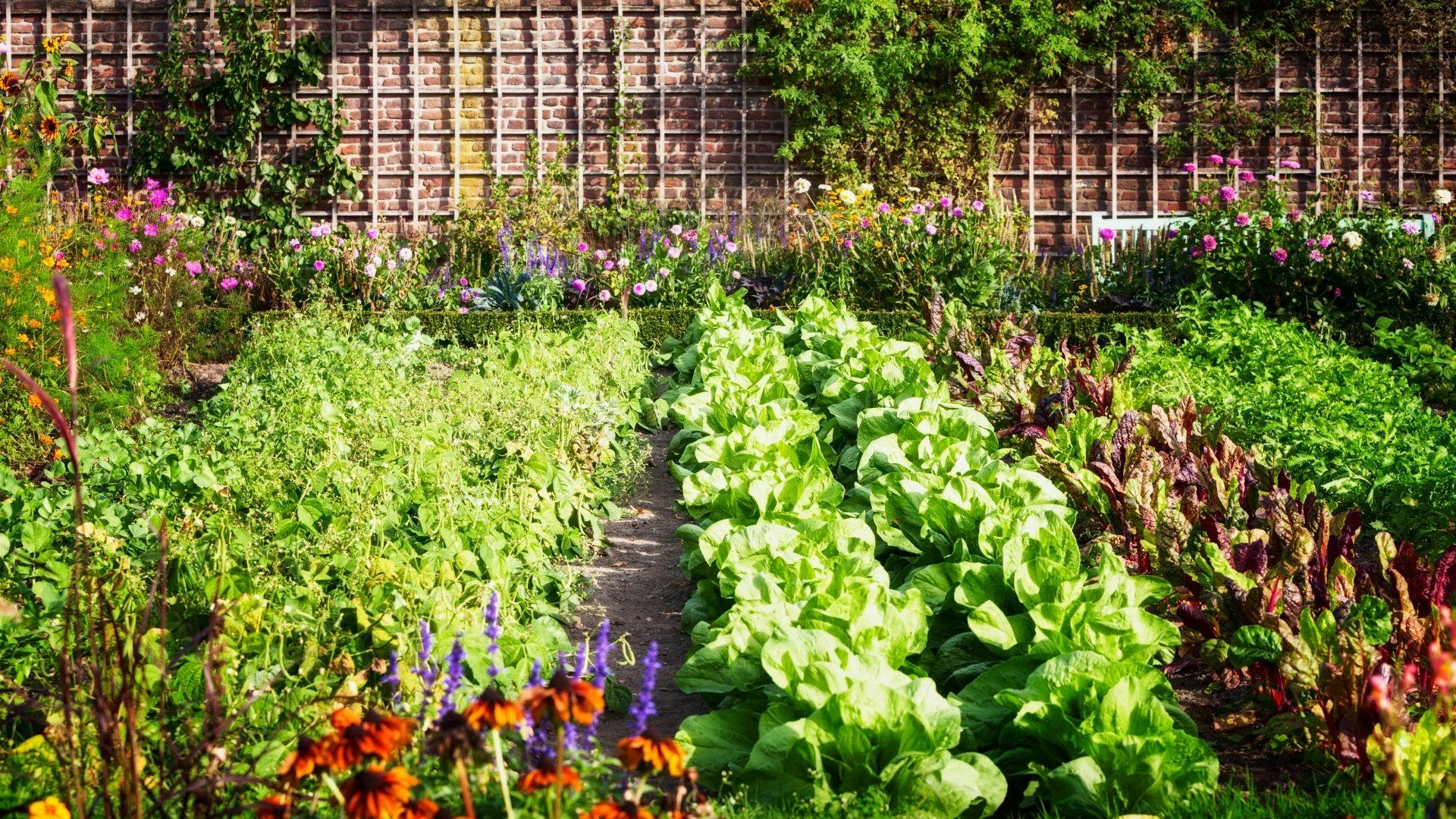
Tips for Success
Incorporate seasonal highlights
As with an ornamental yard, plan to have something blooming or looking good for each season of the year. Fruit trees are popular picks for spring, summer, fall, and sometimes winter. They bring flowers in the spring, the fruit adds a pop of color in the summer, and their fall foliage is often showy, as well. Some tree varieties, like cherries, also have stunning bark that adds color and visual interest through the bare winter months.
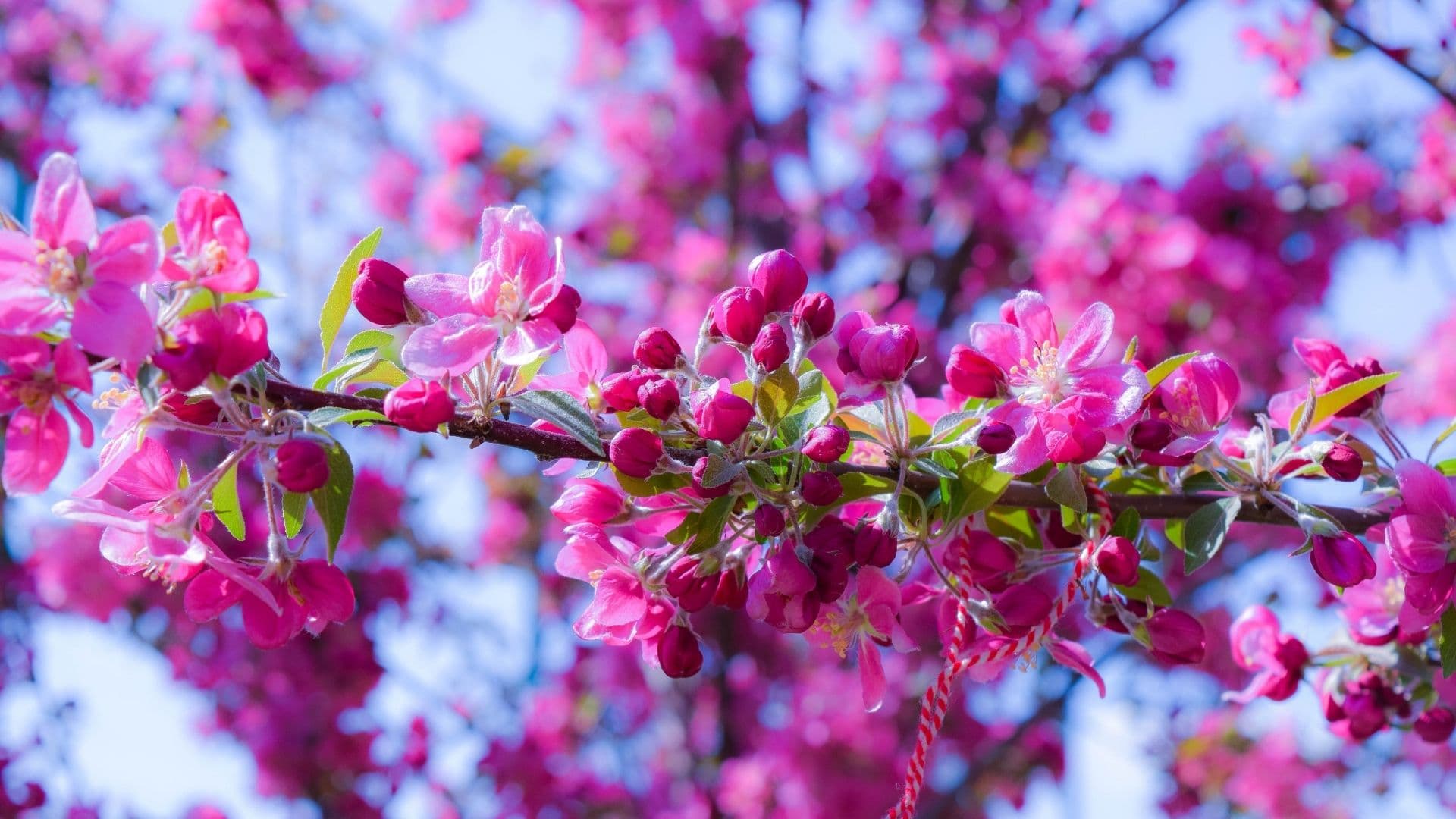
Use color intentionally
You can select varieties and cultivars of plants that will enable you to paint with color. Rainbow chard, for example, adds bright red and yellow veins to the vibrant greens of Swiss chard leaves. Eggplant, chives, purple kale and cabbage, violets, certain varieties of tomatoes and beans, plums, cauliflower, kohlrabi, and several other plants can bring splashes of purple to your color palate. For every color you hope to see in your landscape, there are plenty of edible plants you can grow to achieve your desired look. Picking a few colors to highlight and spacing them out throughout your yard will add balance and visual rhythm to your yard.
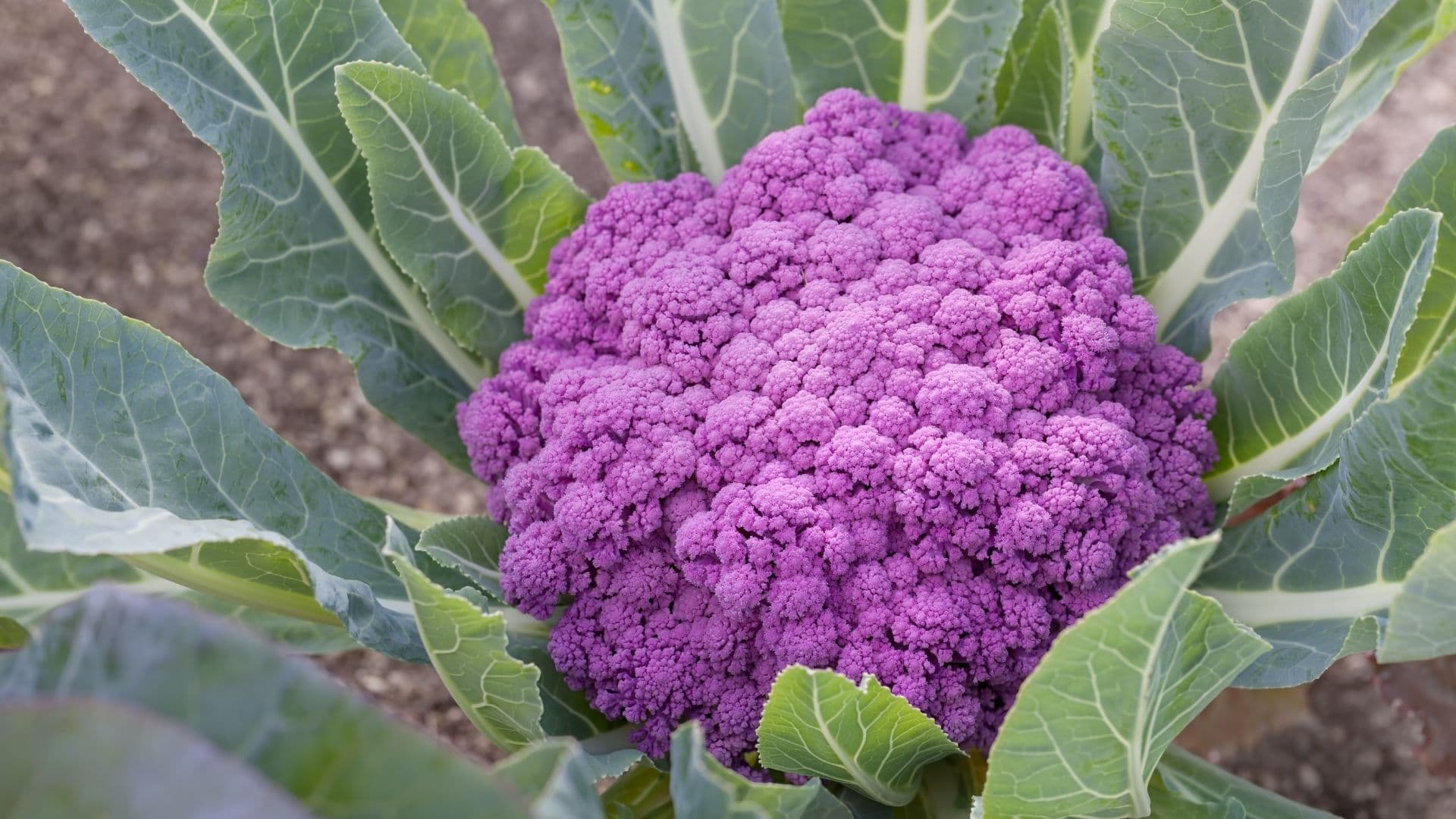
Remember repetition and line
Using plants in a purposeful way will boost your curb appeal. Repetition and line are some of the best principles to follow when it comes to planning out where to plant what. A line of berry shrubs makes a great hedge. A row of fruit trees in your park strip creates a gorgeous screen—suddenly, your front porch view is of spring blossoms and colorful fruit, instead of cars and pavement and buildings across the street. Grouping several plants of the same species together will create a cohesive look. Additionally, you can repeat plants of the same color in a triangular shape throughout your yard.
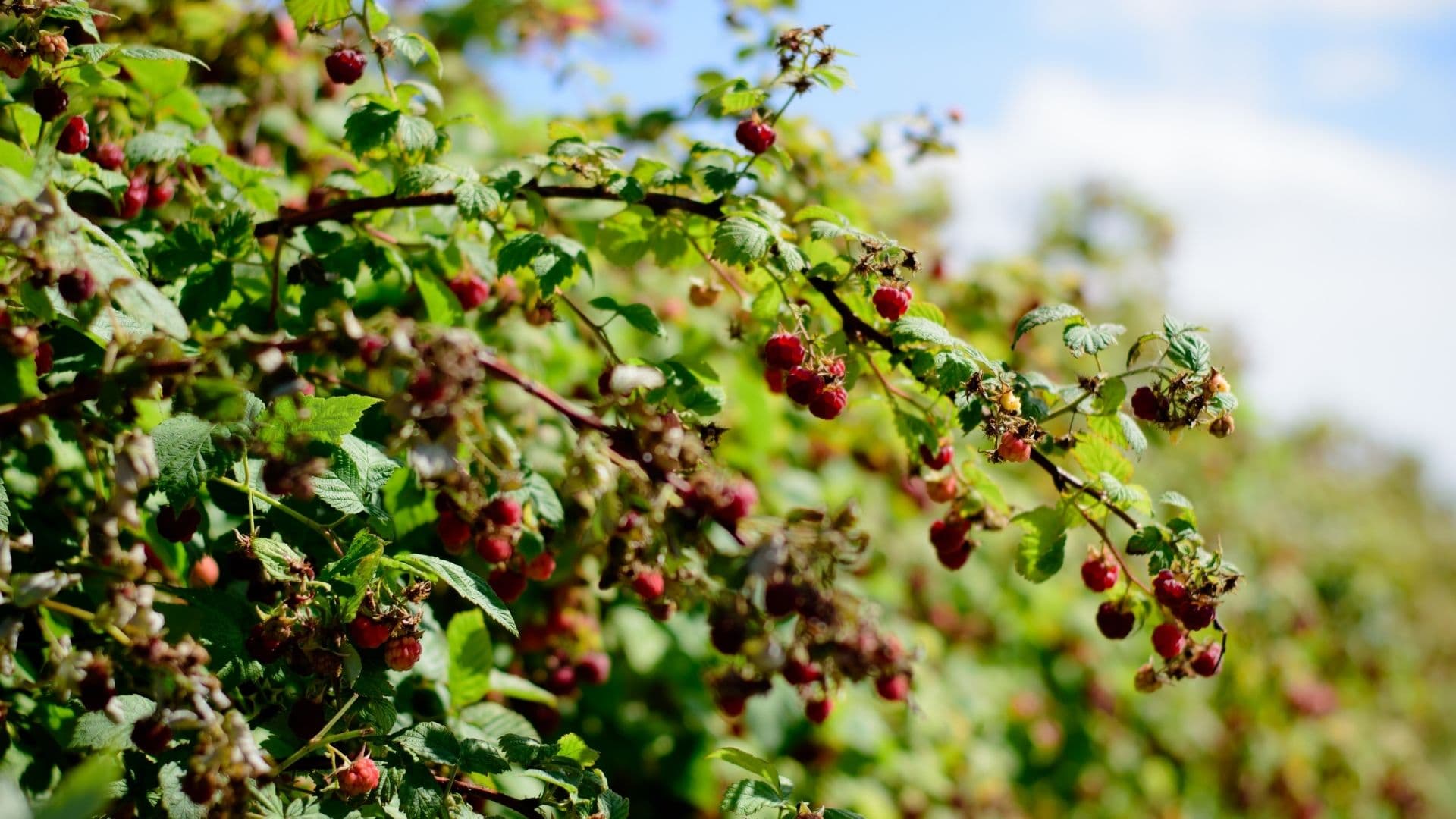
Keep it or change it?
Many trees and shrubs that produce fruit are perennial plants, so they establish a framework that will come back year after year. To add seasonal variety, fill the remaining spaces with annual vegetables and herbs, just as you would do with annual flowers in a typical, ornamental yard.
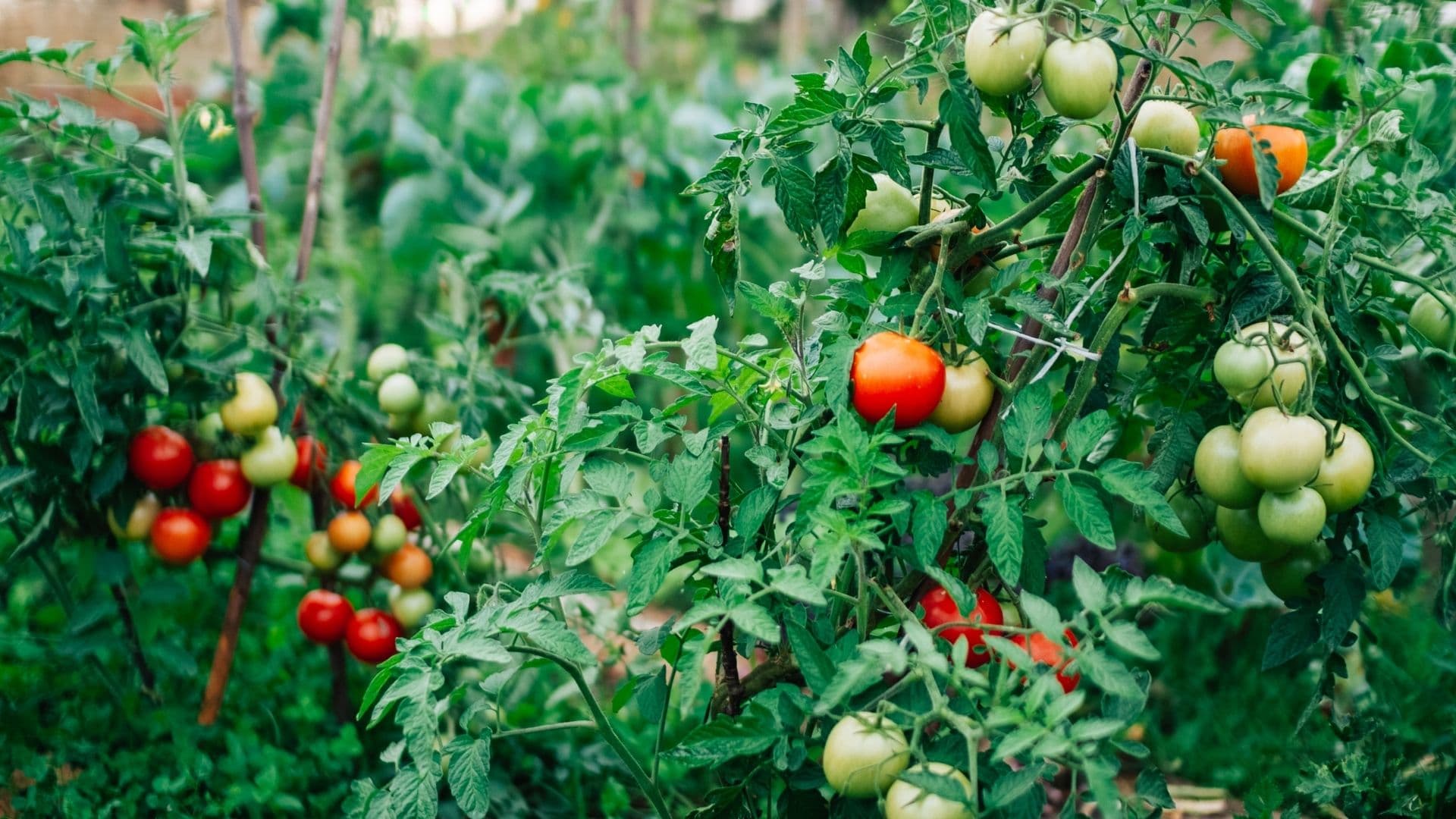
Think about the parts of a landscape that you like and consider how you can swap those out for edible plants that bring the same elements of design to the table. If you like the look of lush arbors or trellises, keep them! Swap out climbing ornamental flowers with pole beans, peas, climbing tomatoes, rambling roses (for the edible hips and petals), melons, nasturtium, cucumbers, grapes, or gourds. If you love the look of rich green tropical foliage, planting zucchini could fit that look and give you something to eat, too.
Maintenance advice
Many times when people think of growing gardens, they think of the tedious watering and weeding that comes along with a typical garden. That’s not how it has to be though—while growing an edible landscape does require more of a hands-on approach, you can take steps to simplify the process. Planting a large number of perennials will eliminate the need to change things up as each season ends. Installing a drip irrigation system takes care of your watering, and filling the beds with plants and bark mulch will help keep the weeds down.
There’s something to be said about the increased level of maintenance, however. Most people want low-maintenance yards, and the steps mentioned previously can help with that. However, an edible landscape lends itself to being harvested, which means someone will need to spend time harvesting. Don’t be surprised if you find that increased time in your garden-yard brings a heaping dose of peace and happiness to your life.
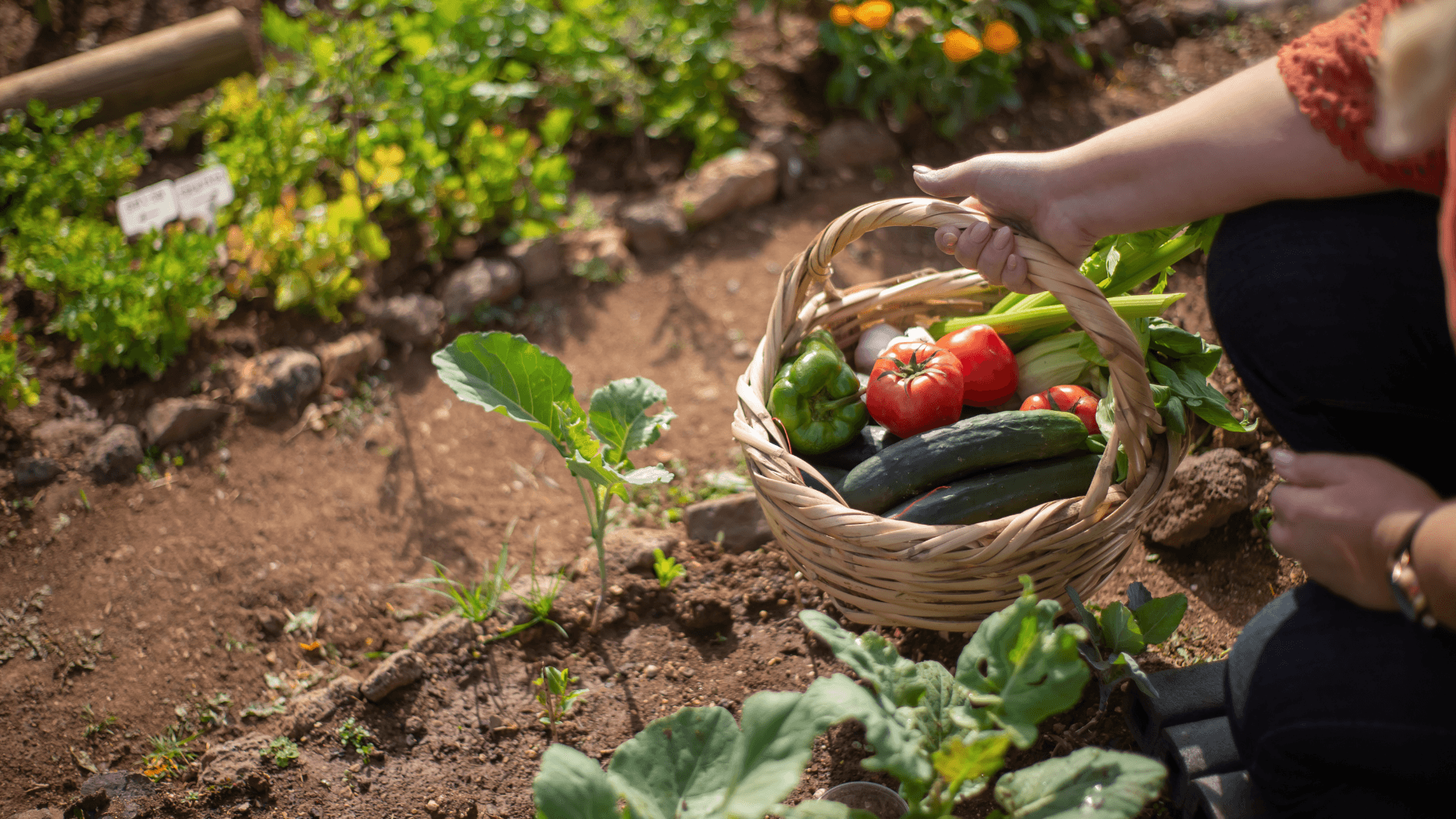
An edible landscape will beckon you to come outside to see what’s blooming, what’s sprouted, or what’s ready to harvest. It’s such an exciting process! To taste your first homegrown, sun-ripened strawberry or bake a pie made with apples you grew in your front yard is a real shot of happiness and satisfaction. You can’t beat the taste of homegrown food and it’s the best thing to share with neighbors and friends.
Making the switch
If you’re starting with a blank slate, consider growing an edible landscape instead of a strictly ornamental one! If you’ve already got a yard growing, now is a great time to start making small changes. You don’t need to tear out all of your grass and planter beds in one season; just start making small changes. Perhaps this year, you can plant some fruit-bearing shrubs in your perennial planter beds and instead of planting annual flowers, you could fill those spaces with herbs and edible flowers. Starting small and making continual changes is a sustainable way to adjust to this method of landscaping.

